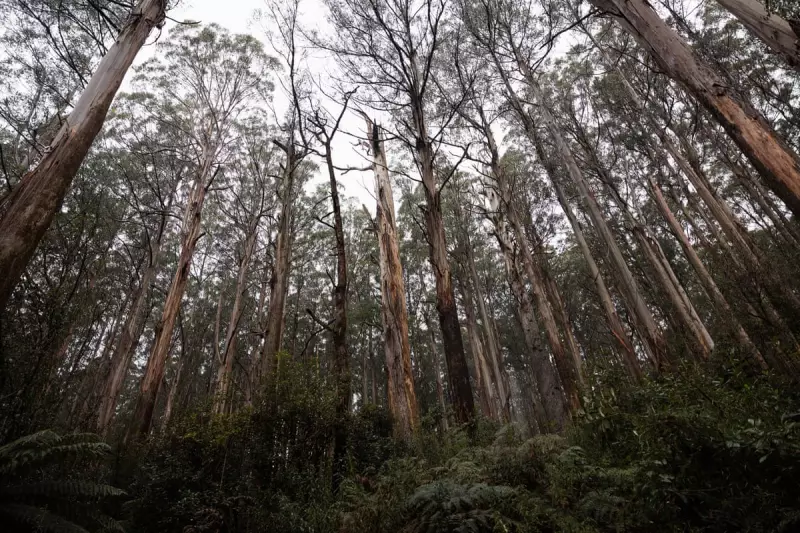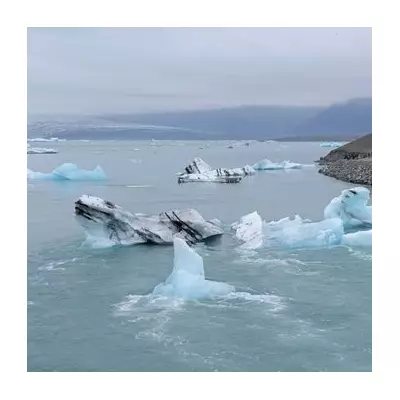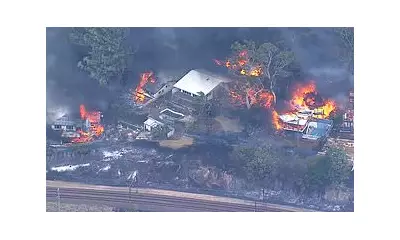
Australia's natural heritage is facing an unprecedented crisis, with the nation's primary environmental protection legislation failing to halt the alarming decline of native species and ecosystems, according to a damning new assessment.
The Failing Safety Net
The Environmental Protection and Biodiversity Conservation (EPBC) Act, designed as Australia's cornerstone environmental law, is proving inadequate in the face of mounting ecological challenges. Recent analysis reveals that despite nearly 25 years of operation, the legislation has failed to reverse the trajectory of biodiversity loss across the continent.
"We're witnessing a systematic breakdown of our natural systems," explains one conservation expert. "The very laws meant to protect our unique wildlife are instead presiding over their decline."
Alarming Statistics Revealed
The data paints a concerning picture:
- More than 90% of Australia's land-based endemic species have experienced habitat loss
- Native vegetation continues to be cleared at unsustainable rates
- Iconic species populations show worrying downward trends
- Critical ecosystems face fragmentation and degradation
The Reform Imperative
Environmental advocates argue that the EPBC Act requires fundamental restructuring rather than minor adjustments. Key areas identified for urgent reform include:
- Stronger enforcement mechanisms to ensure compliance
- Independent oversight bodies with real regulatory power
- Climate change integration into environmental assessments
- Proper funding for conservation initiatives and monitoring
A Crossroads for Conservation
The situation represents a critical juncture for Australian environmental policy. With the nation already experiencing some of the world's highest rates of mammal extinction, the stakes couldn't be higher.
"We have a narrow window to correct course," warns a leading ecologist. "Every year of delay means more species pushed closer to the brink and more ecosystems permanently damaged."
The call for comprehensive environmental law reform is growing louder, with conservation groups, scientists, and concerned citizens demanding action before Australia's unique natural heritage suffers irreversible damage.





